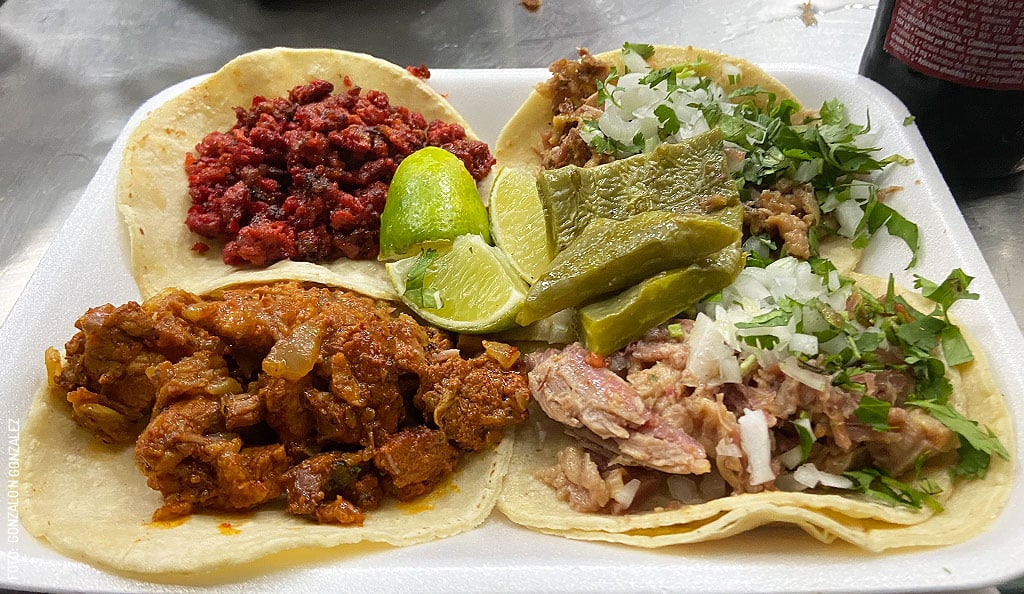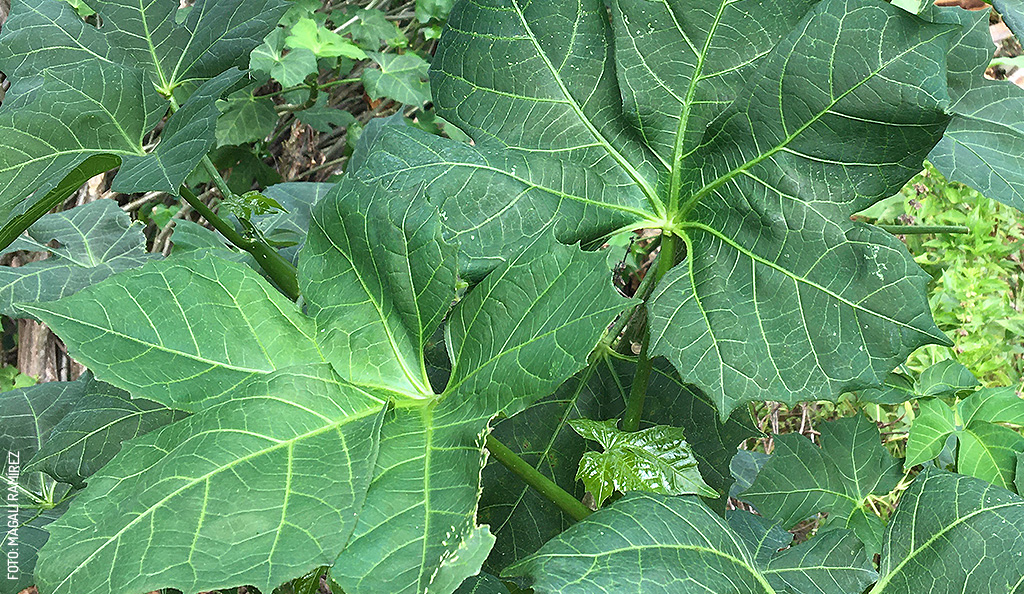
Delicious and Nutritious Chaya: A Maya Superfood
The chaya plant, native to southeastern México and Central America, is a wild plant that grows easily in home gardens. Since pre-Hispanic times, the Maya people knew it as chay and utilized it for culinary, medicinal, and healing purposes.
Chaya grows on a small, heavily leafed shrub whose foliage appears glossy in the sun. There are varieties with leaves that have 3 to 5 points (or lobes), with the latter being more common in Yucatán. chaya has always been noticed. When the Spanish arrived in these lands, the shrub and the varied uses assigned to it by the natives caught their attention.
Properties of Chaya
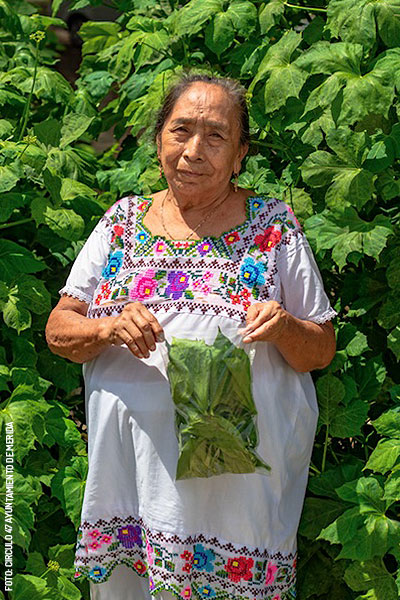
Chaya is a superfood that serves as an excellent dietary supplement. It's rich in fiber, protein, vitamins, essential amino acids, fatty acids, and active ingredients that give it anti-inflammatory properties. It is also high in phosphorus and potassium, and it provides even more iron than spinach.
As a medicinal plant (fundamental in traditional Maya medicine), it is credited with antiglycemic properties (useful for managing diabetes) and is believed to help with kidney ailments. Additionally, it helps regulate blood pressure, improves circulation, aids digestion, and reduces cholesterol and uric acid levels. It is also used to reduce inflammation, assist with weight loss, and increase calcium retention.
Does it sound too good to be true? There's more: it's also a diuretic (when consumed as an infusion on an empty stomach), a source of protein that can substitute for meat, and it prevents colds due to its high Vitamin C content. It is a complete—and above all, tasty—vegetable!
What is Chaya Like?

Chaya is a shrub that can grow up to three meters (about 10 feet) tall. Its leaves are its most distinctive feature. They have long stems and release a milky sap when detached from the plant. The leaves are wider than they are long and generally have three points or lobes, along with slightly serrated edges. The top surface is a deep green, and the underside is a lighter shade.
But the most important thing to know is: you must be very careful when touching them! The leaves are covered in tiny stinging hairs that cause itching or a prickling sensation upon contact. Because of this, if someone gives you chaya to cook with, they will often deliver it wrapped and ready for careful handling.
The Maya Ritual of Asking for Permission
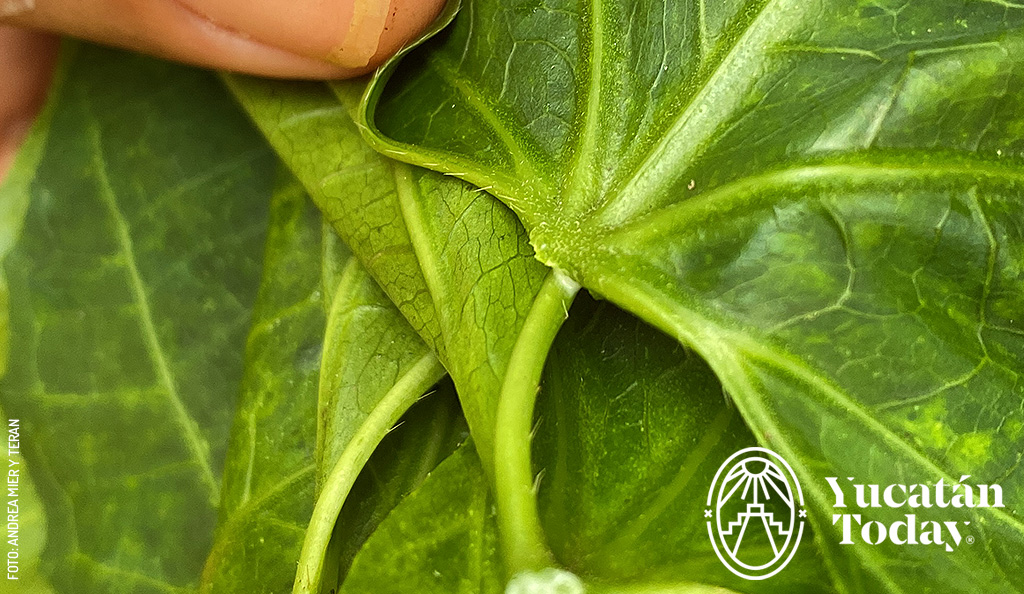
Since chaya was considered a sacred tree, there is a belief in "asking for permission" before cutting the leaves to avoid the itch. It doesn't hurt to say, "Good day, kind Chaya, may I take some of your leaves?" before harvesting, but of course, there’s no guarantee that’s all you need to be safe.
Some people say that the stinging hairs "retract" when there is no sun, so cutting the leaves very early in the morning or at dusk is another way to avoid the sting. Others with more experience know exactly how to manipulate the leaves and can take them with bare hands without issue. For safety, if you are not familiar with the chaya plant and its leaves, it is best to handle them with gloves.
Chaya: Raw or Cooked?
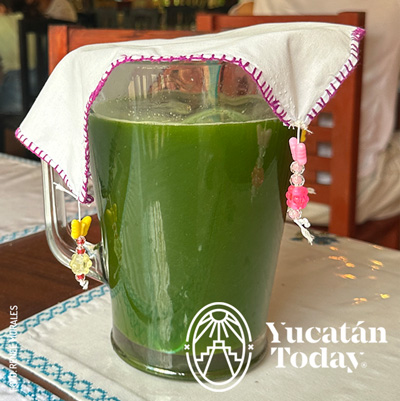
There is one important consideration. Chaya contains hydrocyanic acid (HCN), though not in quantities that make it poisonous. According to Dr. Howard Bradbury (Australian National University), consuming 250 g of raw chaya leaves could cause a mild intoxication, with symptoms like headaches or stomach aches, dizziness, and in more extreme cases, vomiting. For context, 250 g of raw leaves would be roughly equivalent to what would fit into 10 cups or a 2-liter container (depending, of course, on how much they are packed down). It is unlikely anyone would want to eat that much chaya in one sitting.
However, knowing that overconsumption of raw chaya leaves could have unpleasant consequences, the most recommended way to eat it is cooked, whether sautéed, boiled, or blanched. Heat reduces and even eliminates the traces of hydrocyanic acid, making this superfood safe for consumption.
Key Warning: Avoid cooking or storing chaya in aluminum containers, as its components can react with the metal.
The Illustrious Scholar José Díaz Bolio and His Work with Chaya
The renowned Maya science researcher José Díaz Bolio (1906-1998) dedicated an ethnobotanical chronicle to this marvelous Mesoamerican superfood. In it, he wrote that the combination of chaya with corn (maize) and pumpkin seeds called sikil (pronounced see-KEEL) or pepita—creates an exceptional food, capable of ensuring human subsistence for a long time.
The Mérida-born specialist, who trained in the manufacture and distribution of various cosmetic and medicinal products in his father's drugstore and pharmacy businesses, also spoke of mixing chaya with soybean flour and its nutritional value. He recounted his own experience after drinking an atole—a thick, warm, corn-based drink—made with both nutrients.
He blended two heaping tablespoons of soy flour, five regular-sized chaya leaves, and half a glass of water. Separately, he boiled one glass of water. As soon as it boiled, he slowly added the blended mixture, which he cooked for five minutes, stirring constantly. After that time, he removed it from the heat and used natural honey to sweeten it.
"The result was that at three in the morning we woke up with an unusual sensation of physical stamina. It was as if we had eaten a quarter-kilo (about 8.8 oz) beef steak, but without the drawbacks of meat. We felt full of energy and eager to turn on the light and start working."
The man—who was also a poet, journalist, and historian—recommended experimenting with the combination of chaya and soy by adding corn and sikil or pumpkin seeds, with the goal of creating a product with high nutritional value that was also tasty.
Culinary Uses: How is Chaya Eaten in Yucatecan Cuisine?
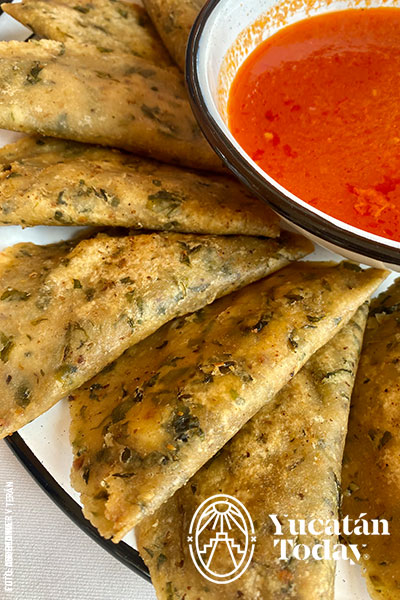
The best part about having a leaf as nutritious and beneficial as chaya is that it is also delicious. With a flavor similar to spinach, chaya can be prepared in a similar way in a variety of dishes: soups, tamales (steamed corn-dough pockets), mixed with meat or eggs, or on its own as a side dish.
It is also commonly found as a decorative element and in refreshing drinks called aguas frescas, often combined with pineapple, lime, lemon, or mango. It is possible to create new dishes like chayarroz (chaya rice), quesadillas, and more... with a little culinary creativity, you can use it to create many other stews and meals.
Now that you’ve read all about Yucatecan chaya, make sure to have some of this delicious and nutritious superfood!
By Alicia Navarrete, Violeta H. Cantarell y Yurina Fernández Noa
First published in Yucatán Today print and digital magazine no. 455, in November 2025.
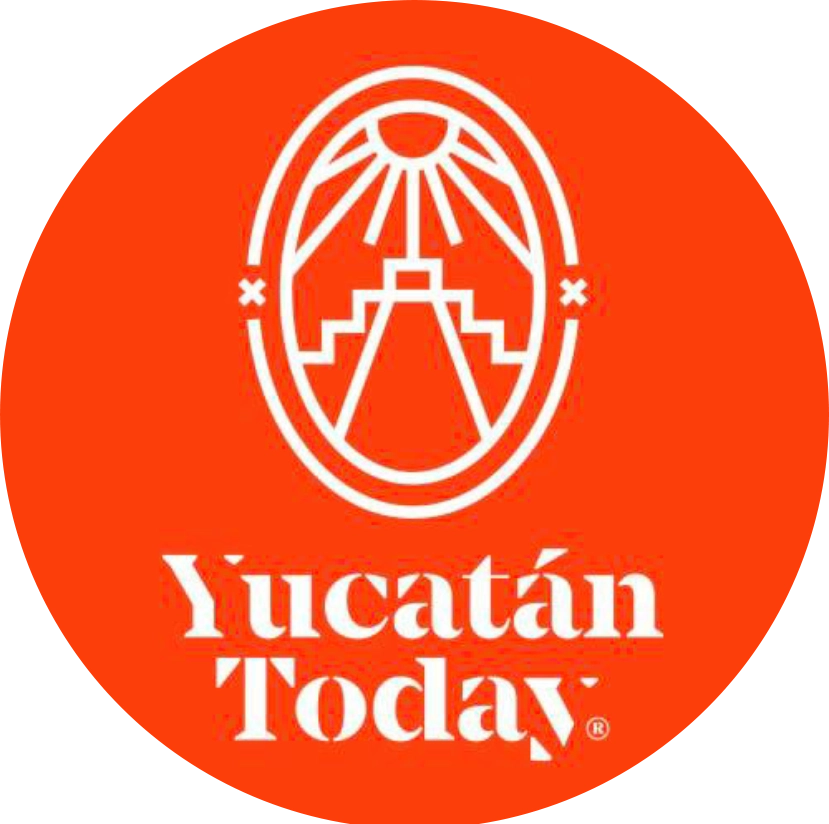
Author: Yucatán Today
Yucatán Today, the traveler's companion, has been covering Yucatán’s destinations, culture, gastronomy, and things to do for 37 years. Available in English and Spanish, it’s been featured in countless travel guides due to the quality of its content.
¡Receive the latest articles and much more from the best of Yucatán in your email!
Related articles
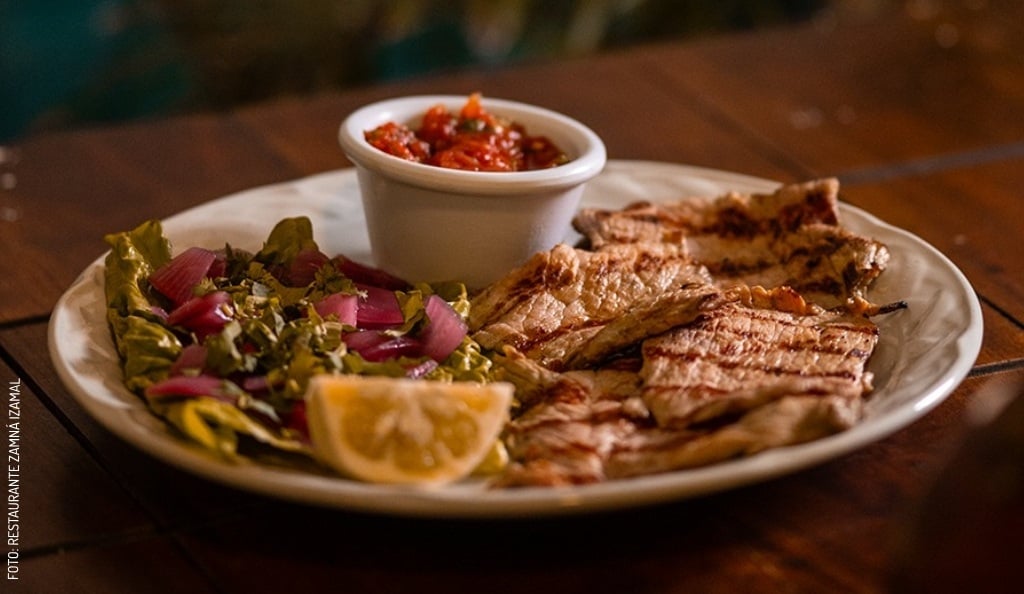
Yucatán's Gastronomic Stops: Dishes Worth the Trip
Travel through Yucatán by its flavors. Discover iconic dishes from each region: poc chuc in Maní, huevos motuleños, and more. A journey worth taking!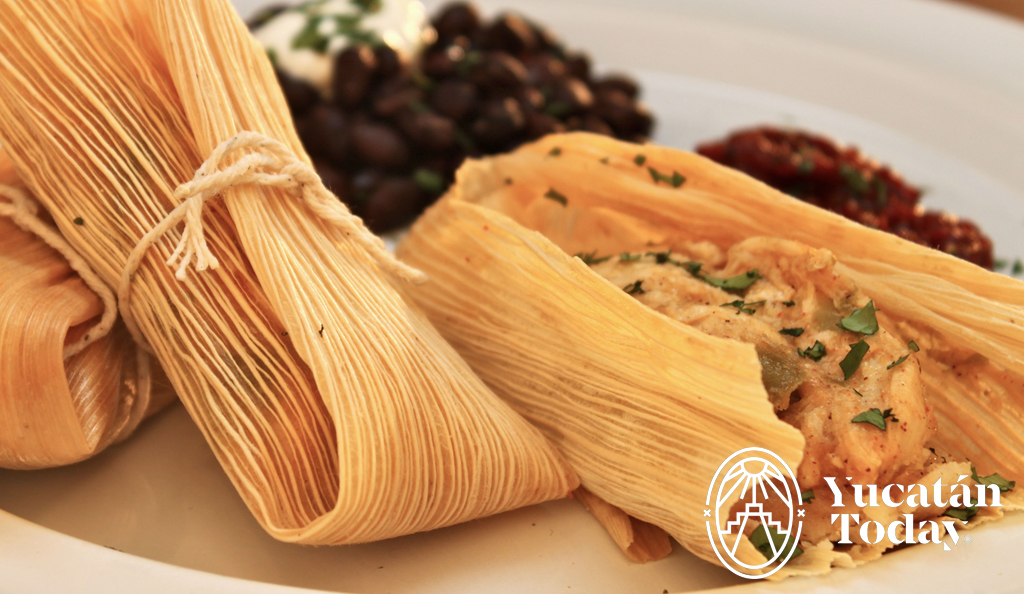
Recipe for Mexican Tamales
The perfect recipes for sweet or regular Mexican tamales